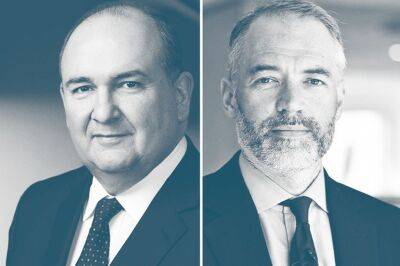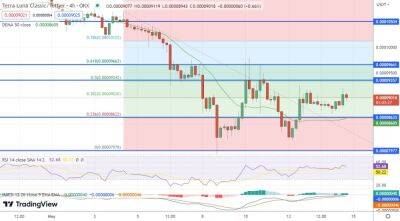Eurozone economy avoids recession ‘by a whisker’
The eurozone has defied predictions that the Ukraine war would plunge it into recession after a warm winter blunted the impact of higher energy prices.
Data from Eurostat – the EU’s statistical agency – showed that growth in the 20 countries using the single currency stood at 0.1% in the first three months of 2023.
The small overall increase disguised a wide variation across member states. The eurozone’s biggest economy, Germany, stagnated in the first quarter of 2023 after contracting by 0.5% in the final three months of 2022.
Italy and Spain, the third and fourth-biggest eurozone economies, performed better than the markets had been expecting, each posting quarterly growth of 0.5%. France grew by 0.2%.
However, analysts said growth prospects were likely to remain weak because of the determination of the European Central Bank (ECB) to combat strong underlying inflationary pressures with higher interest rates.
Andrew Kenningham, the chief Europe economist at the consultancy Capital Economics, said: “The very small increase in GDP in the first quarter means a technical recession has been avoided by a whisker.
“However, the economy has essentially stalled as domestic demand has been hit hard by the energy shock followed by monetary tightening. We think activity will remain weak in the coming quarters.”
The small increase in growth in early 2023 followed a flat picture in the final three months of 2022 and reduced the year-on-year increase in output from 1.8% to 1.3%.
Even though the eurozone economy has been flatlining for the past six months, its success in staving off a severe downturn has surprised economists, who this time last year were predicting a severe recession.
Carsten Brzeski, the global head of macro at ING bank, said:
Read more on theguardian.com
















